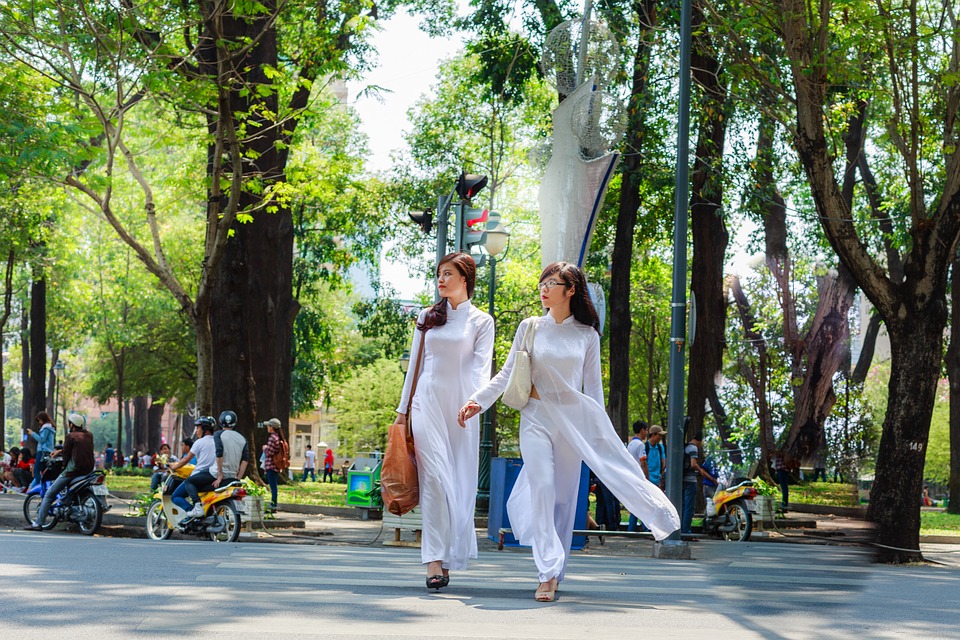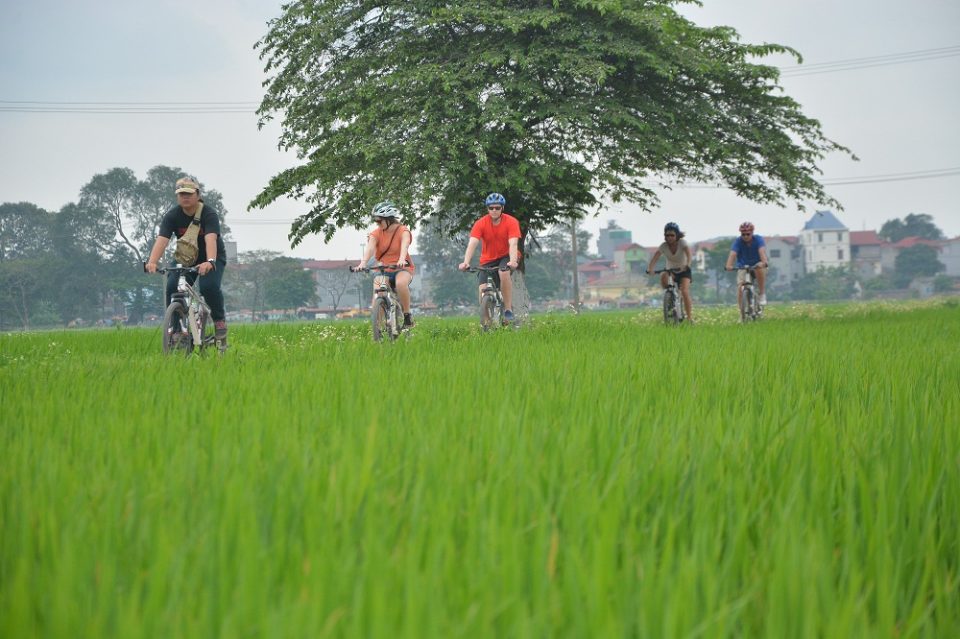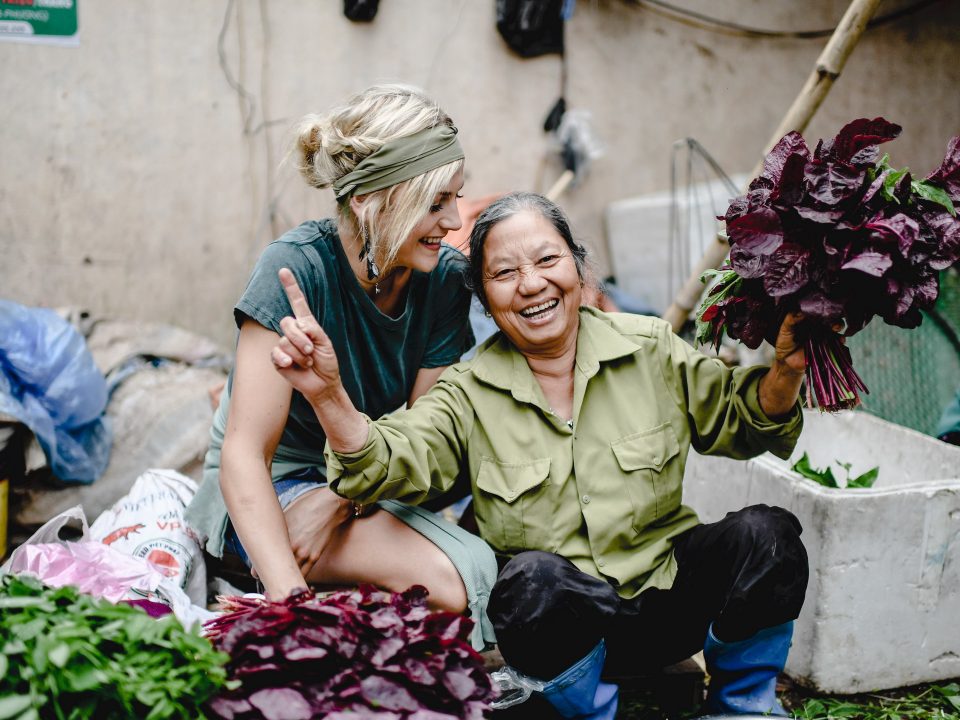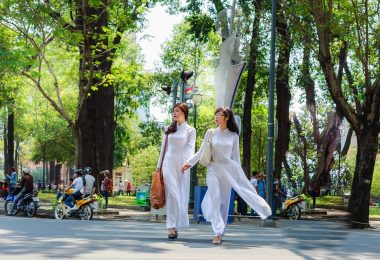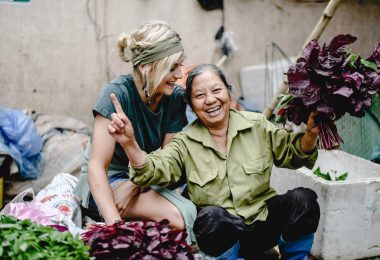Discover the irresistible charm of Hanoi’s Spring Rolls, a beloved Vietnamese specialty. This guide aims to introduce foreign tourists to the rich story, fascinating history, diverse types, and traditional origins of Vietnamese rolls, while offering tips on how to serve and enjoy this iconic dish in Hanoi.
The Story and History
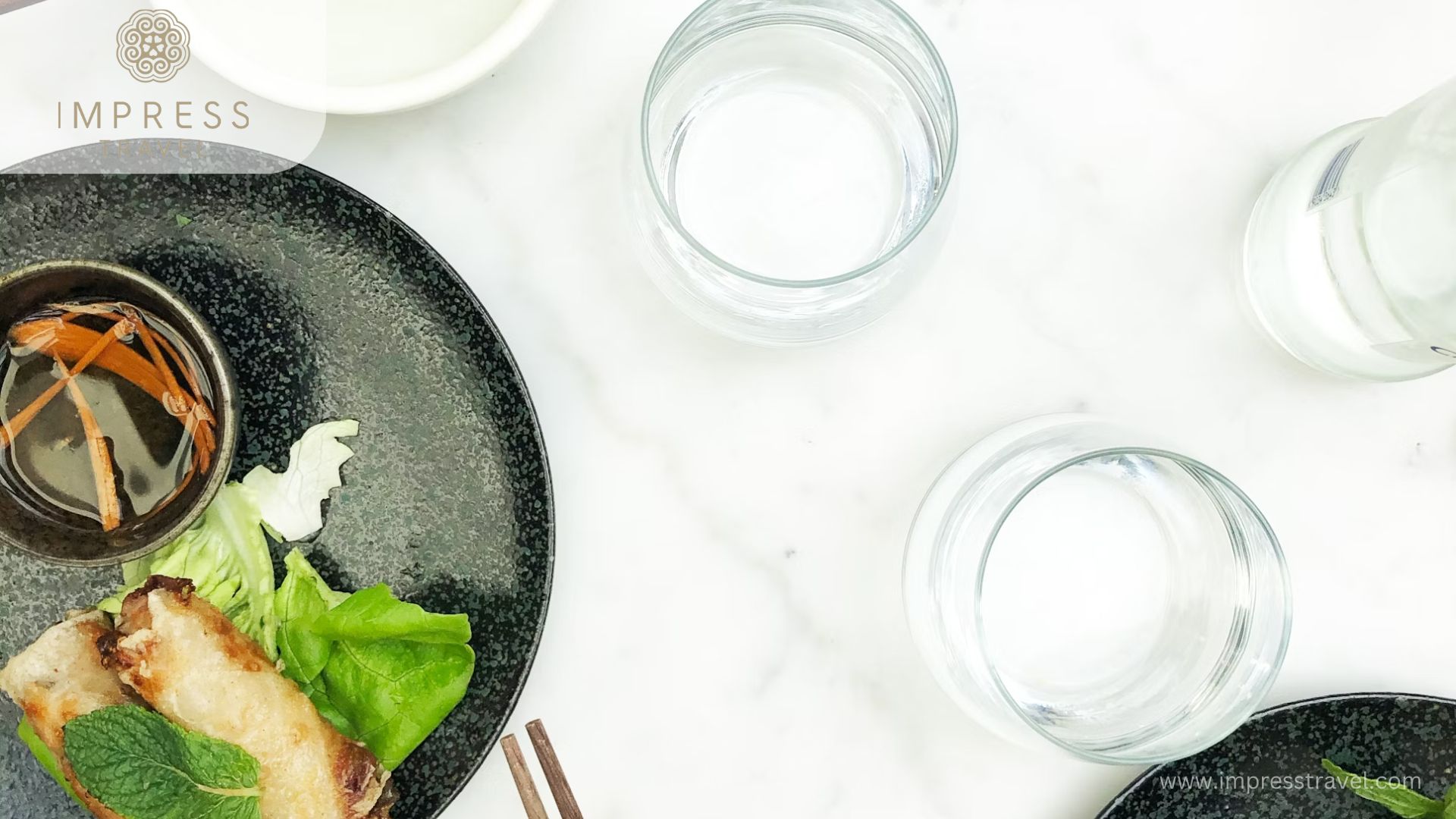
Spring Roll
As a foreign tourist, let me introduce you to the fascinating story of Spring Rolls in Hanoi. They originated in China but have become an integral part of Vietnamese cuisine. Legend has it that Vietnamese rolls were first created in Hanoi during the reign of the Nguyen dynasty.
Spring Rolls were influenced by Chinese culinary traditions but were adapted to suit Vietnamese tastes. Key figures in their creation include local chefs and culinary enthusiasts who experimented with different ingredients and cooking techniques. Over time, this dish evolved into the beloved dish we know today, with variations found across Vietnam.
Vietnamese rolls are not just a dish; they represent tradition, family, and celebration. In Vietnamese households, making this dish is often a communal activity, with family members coming together to prepare and enjoy them. They are served during special occasions like weddings, Tet (Lunar New Year), and family gatherings, symbolizing good luck and prosperity.
As a foreign tourist, you’ll find this dish to be a highlight of Vietnamese cuisine. They are commonly enjoyed at local eateries, street food stalls, and upscale restaurants alike. Their crispy exterior and flavorful fillings make them a delightful treat for both locals and visitors alike.
Ingredients and Cooking Process
Ingredients
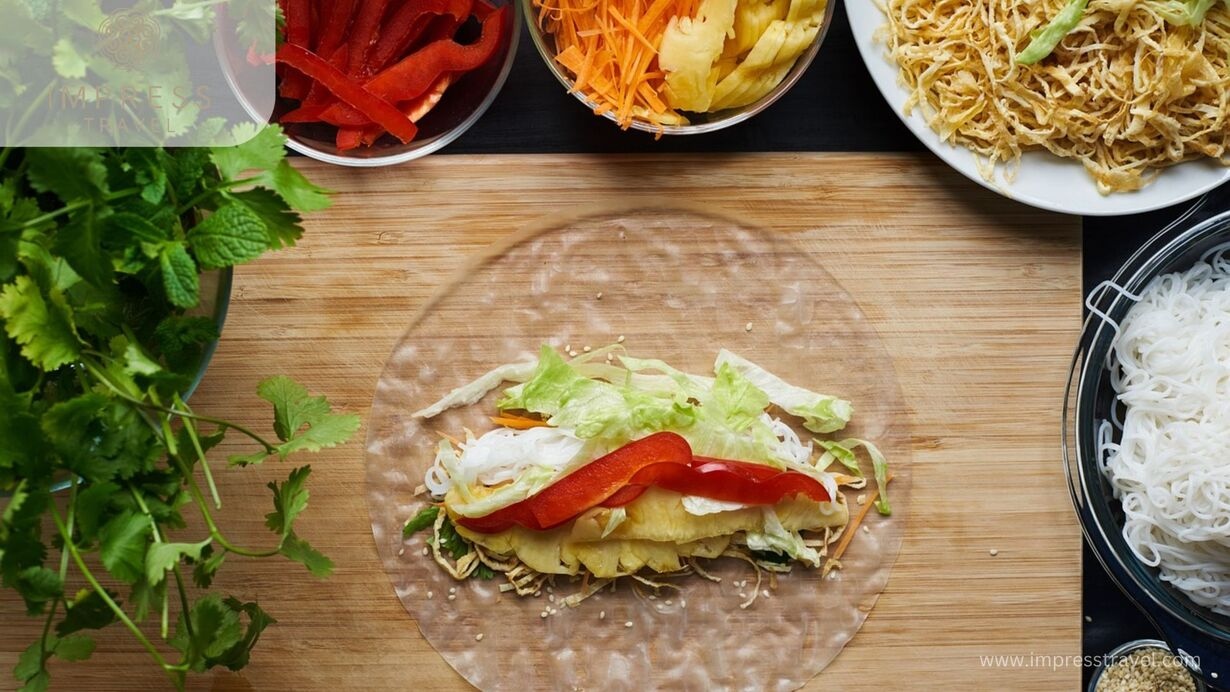
Ingredients to make Spring Rolls
As a foreign tourist, let me guide you through the ingredients and cooking process of Spring Rolls in Hanoi. For ingredients, you’ll need rice paper (round or square), vermicelli noodles, lettuce, herbs like mint and cilantro, protein such as shrimp or pork, and vegetables like carrots and cucumber. These fresh ingredients give this dish their delicious flavor and crunch.
Cooking Process
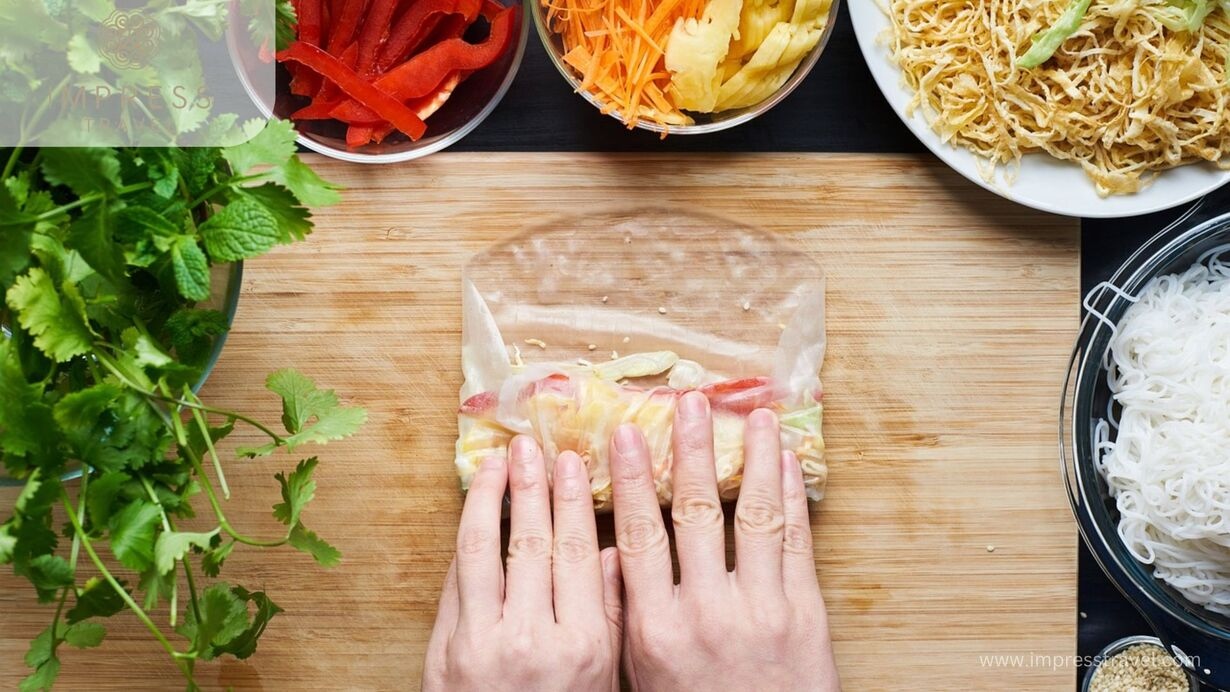
Cooking process
To make Spring Rolls, start by wetting 2 sides of the rice paper by water or beer to keep it more pliable, put the mixture in and wrap it. Then, place a layer of lettuce on the rice paper, followed by vermicelli noodles, herbs, protein, and vegetables. Roll the ingredients tightly, tucking in the sides as you go, to form a neat cylinder. Finally, serve this dish with dipping sauce for a burst of flavor.
For authentic Hanoi-style Vietnamese rolls, pay attention to the rolling technique. Keep the fillings compact and evenly distributed to ensure a balanced taste and texture. Also, don’t over-soak the rice paper, as it can become too sticky and difficult to work with. With these tips, you’ll be able to create deliciousVietnamese rolls that capture the essence of Hanoi cuisine.
Types of Spring Rolls
Nem rán (Fried Vietnamese Spring Rolls): In the southern region, this dish is known as “chả giò," while in the northern region, it goes by the name “nem rán". These are similar to the Vietnamese Spring Rolls (Gỏi Cuốn), but with a Hanoi twist. They typically contain a filling of minced pork, shrimp, mushrooms, vermicelli noodles, and sometimes shredded carrots and/or cabbage, seasoned with garlic, shallots, and various spices. The filling is wrapped in rice paper and deep-fried until golden and crispy. They’re often served with lettuce, herbs, and a dipping sauce.
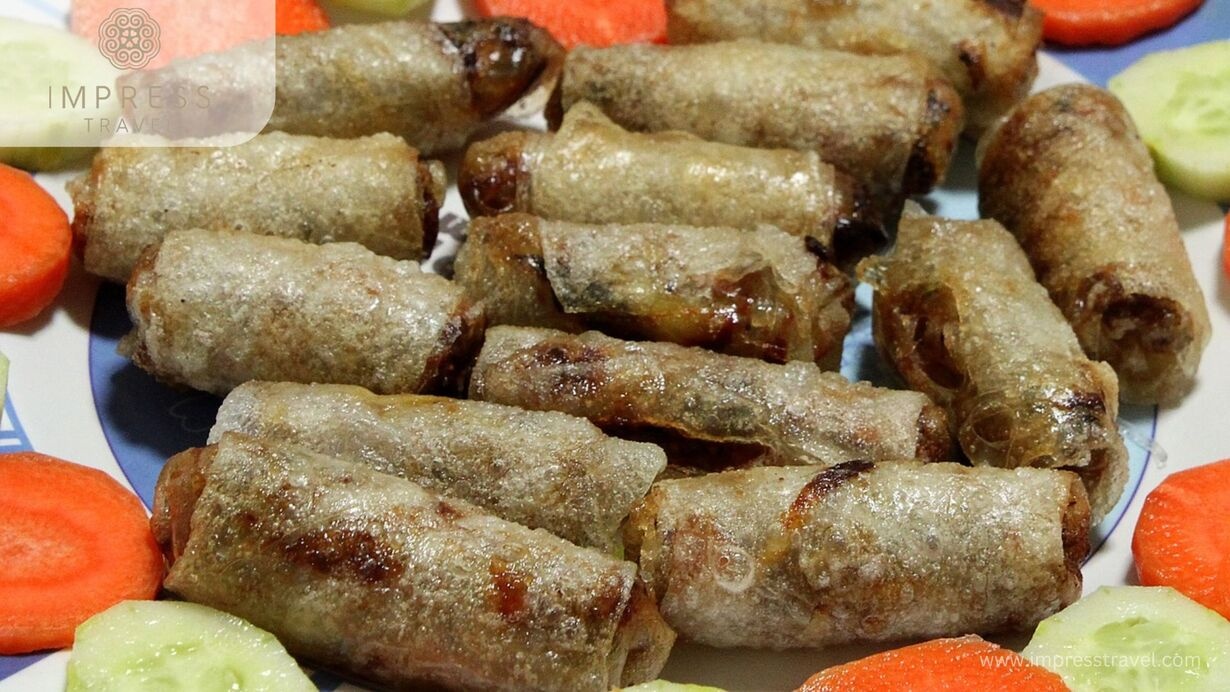
Fried Vietnamese Spring Rolls
Gỏi Cuốn (Fresh Vietnamese Spring Rolls): Gỏi Cuốn in Hanoi may have a similar filling to the fried Rice paper rolls but wrapped in fresh rice paper instead of being deep-fried. They’re typically filled with a mixture of shrimp, pork, vermicelli noodles, lettuce, herbs like mint and cilantro, and sometimes slices of cucumber or other fresh vegetables. They’re served with a dipping sauce, often a peanut sauce or hoisin-based sauce.
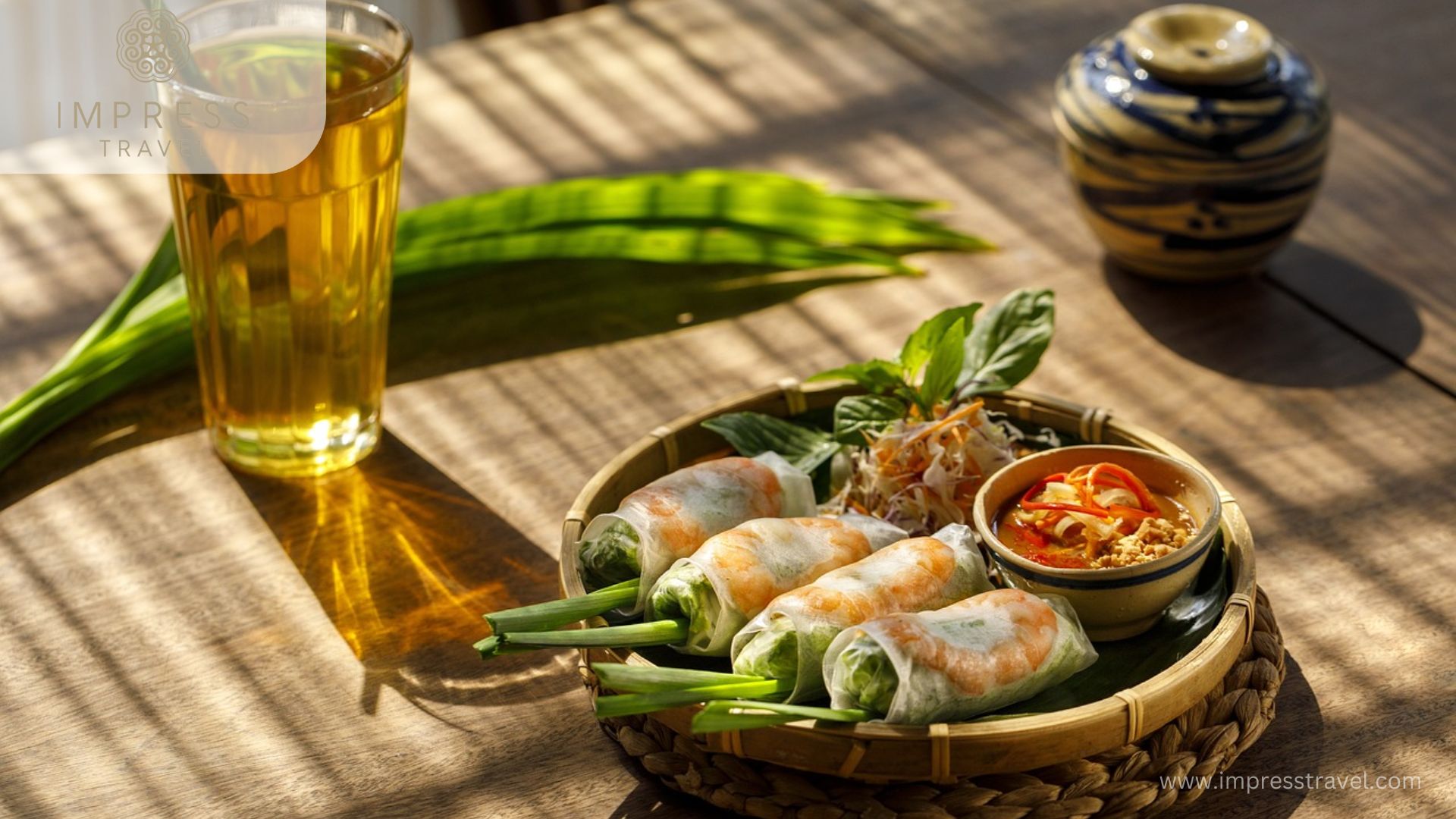
Fresh Vietnamese Spring Rolls
Phở cuốn (Pho Vietnamese Spring Rolls): Phở cuốn features fresh rice sheets enveloping a filling of beef, herbs, and vegetables, distinct from the usual dried rice paper. Accompanying this delight is a dipping sauce, boasting a perfect balance of salty, sour, and sweet flavors. This delicacy is a beloved favorite in the bustling vicinity of Truc Bach Lake, nestled in downtown Hanoi.
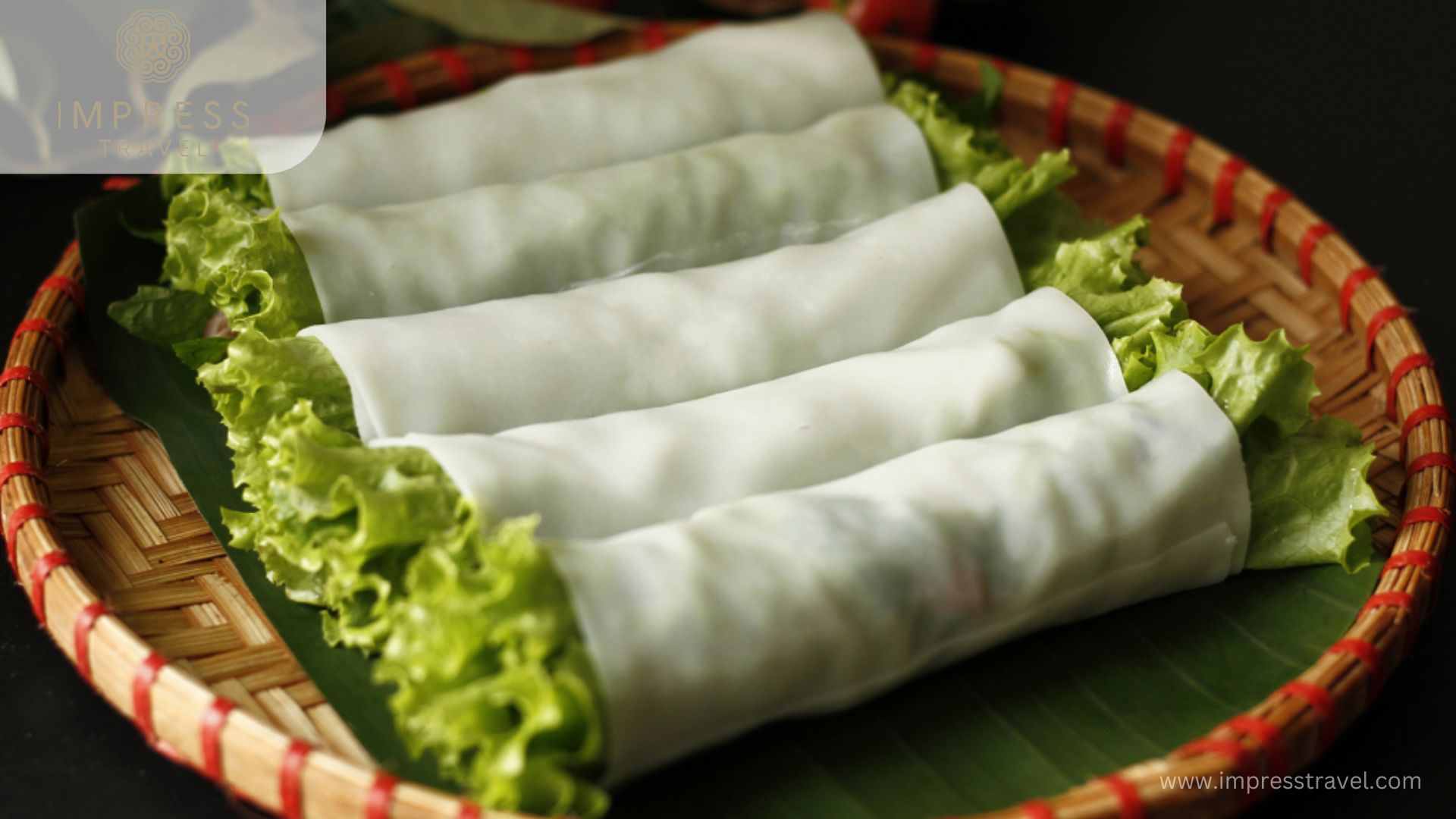
Pho Spring Rolls
Nem Cua Bể (Crab Spring Rolls): These Vietnamese rolls are a specialty of Hanoi and are filled with a mixture of crab meat, minced pork, mushrooms, and spices, then wrapped in rice paper and deep-fried until crispy. They’re often served with a sweet and tangy dipping sauce made from fish sauce, lime juice, sugar, and garlic.
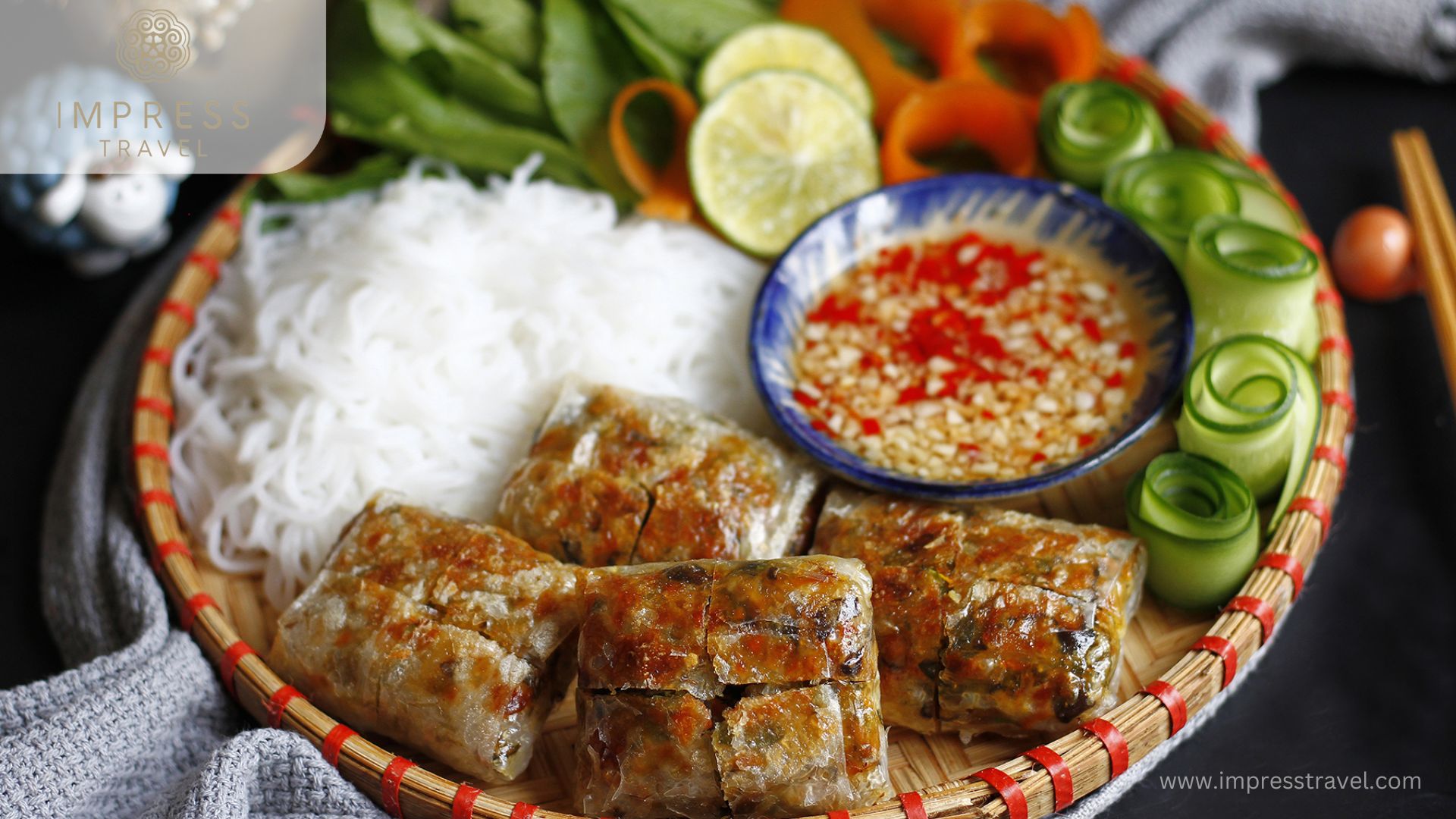
Crab Spring Rolls
Nem Chay (Vegetarian Spring Rolls): These dishes cater to vegetarians and vegans. They’re similar to fried Vietnamese rolls but filled with a mixture of vegetables like shredded cabbage, carrots, mushrooms, and tofu. Sometimes, they also contain vermicelli noodles or glass noodles. They’re typically served with the same dipping sauces as traditional fried Rice paper rolls.
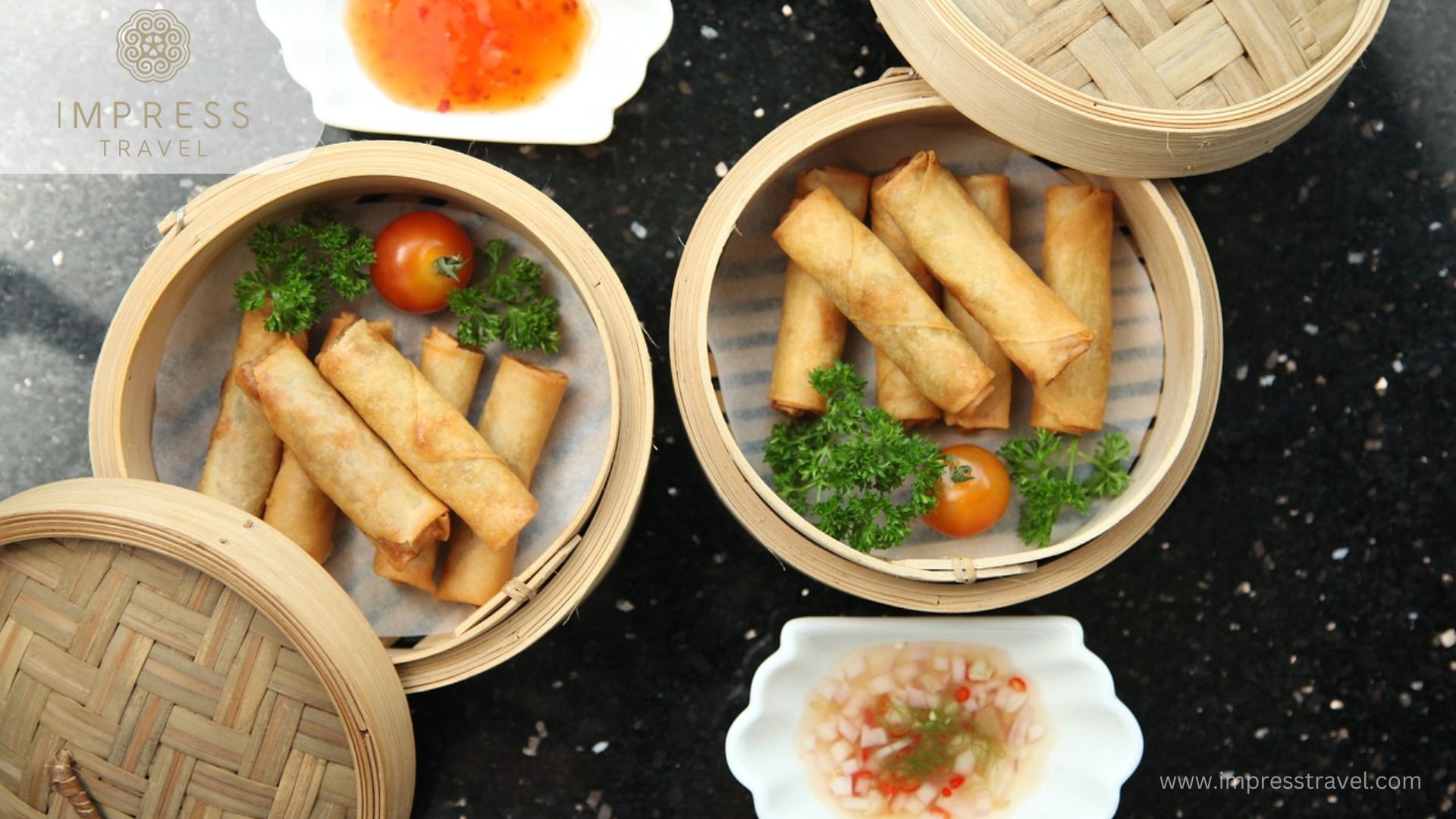
Vegeterian Spring Rolls
How to Serve Spring Rolls
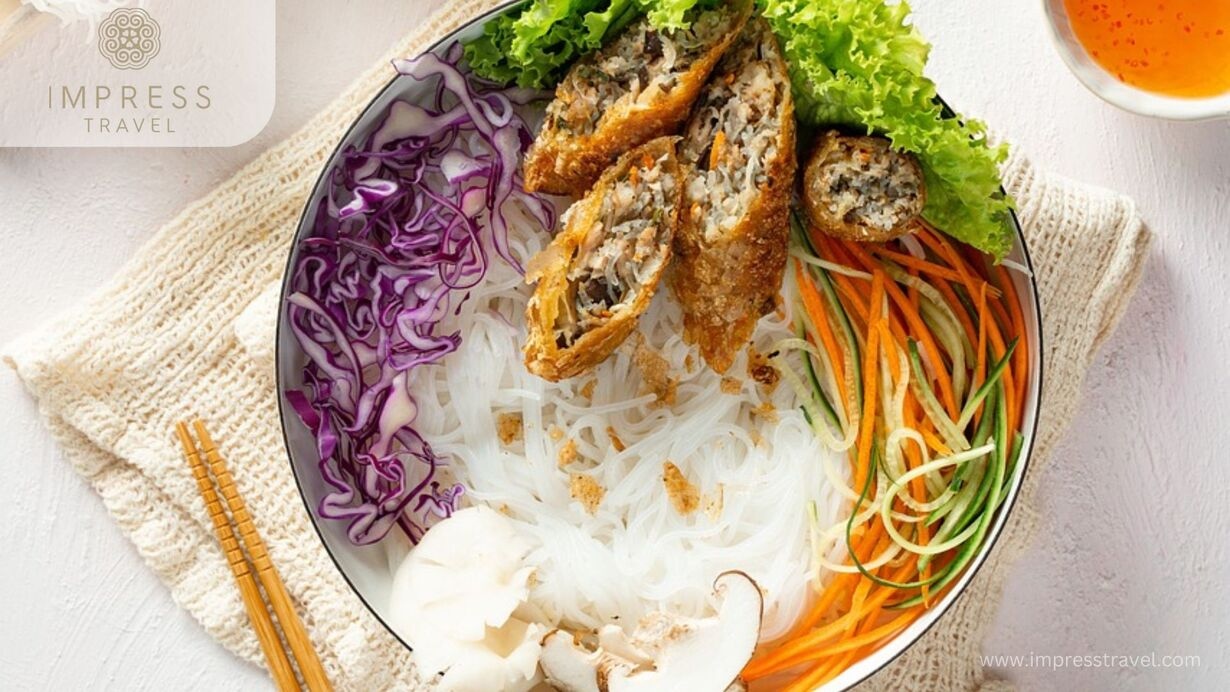
How to Serve Spring Rolls
Firstly, the traditional approach involves presenting these delicacies alongside recommended accompaniments such as various dipping sauces and side dishes. These sauces often feature a delightful blend of flavors, ranging from sweet and tangy to savory and spicy, perfectly complementing the crispy exterior and flavorful fillings of the Spring Rolls.
When it comes to presentation, simplicity and elegance are key to showcasing the beauty of Vietnamese rolls. Arranging them neatly on a serving platter or individual plates enhances their visual appeal, enticing both the eyes and the palate. Garnishing with fresh herbs or colorful vegetables adds a touch of freshness and vibrancy to the presentation, making the dish even more inviting to indulge in.
By following above guidelines, you’ll not only delight your taste buds but also create an unforgettable dining experience that celebrates the timeless appeal of this beloved Asian delicacy.
Where to Enjoy Spring Rolls in Hanoi
Whether you prefer crispy fried rolls or fresh Spring Rolls, you’ll find something to satisfy your cravings at the popular spots scattered across Hanoi.
Viet Spring Rolls
Address: 21 Nguyen Huu Huan Ward, Hanoi Old Quarter, Hoan Kiem, Hanoi
Price Range: 60,000 – 120,000 VND per dish
This restaurant is famous for its authentic Vietnamese dishes, including Spring Rolls. They offer a variety of options, from traditional fried Vietnamese rolls to fresh summer rolls.
Ngon Villa Restaurant
Address: 10 Tong Duy Tan, Hoan Kiem, Hanoi
Price Range: 80,000 – 150,000 VND per dish
Cozy ambiance with a wide variety of Vietnamese dishes, including excellent Spring Rolls.
Pho Cuon Thanh Hang
Address: No. 29B Ngu Xa, Truc Bach, Ba Dinh, Hanoi
Price Range: 25,000 – 55,000 VND per dish
Here, the Spring Rolls boast a distinct flavor, attributed to the fragrant, chewy aroma of pho noodles. An added advantage of this restaurant is its spacious, airy ambiance, perfect for accommodating a large number of patrons.
Pho Cuon Hung Ben
Address: 118 Ward Tran Vu, Truc Bach, Ba Dinh, Hanoi
Price Range: 70,000 – 140,000 VND per dish
Specializes in various types of nem (Spring Rolls) with a cozy and friendly environment.
Nha Hang Ngon
Address: 26 Tran Hung Dao, Hoan Kiem, Hanoi
Price Range: 90,000 – 200,000 VND per dish
Elegant setting with a wide selection of Vietnamese cuisine, including high-quality Spring Rolls.
Quan An Ngon
Address: 18 Phan Boi Chau, Hoan Kiem, Hanoi
Price Range: 100,000 – 250,000 VND per dish
Popular with both locals and tourists, this restaurant offers a variety of Vietnamese dishes, including tasty Spring Rolls.
Madame Hien
Address: 15 Chan Cam, Hoan Kiem, Hanoi
Price Range: 150,000 – 300,000 VND per dish
Set in a beautiful colonial villa, Madame Hien offers a refined dining experience with exquisite Spring Rolls and other Vietnamese dishes.
Bun Cha Hang Quat
Address: 74 Ward Hang Quat, Hang Gai, Hoan Kiem, Hanoi
Price Range: 100,000 – 300,000 VND per dish
While renowned for its bún chả (grilled pork with noodles), this eatery also serves fantastic Spring Rolls. The crispy texture combined with flavorful fillings makes for a delightful experience.
Bun Cha Nem Cua Be Dac Kim
Address: 67 Duong Thanh Street Old Quarter, Hanoi
Price Range: 150,000 – 300,000 VND per dish
Located in the Old Quarter, this place is known for its specialty, nem cua bể, which are crab Spring Rolls. They are crispy on the outside and filled with savory crab meat, making them a must-try.
Exploring beyond the well-known eateries, local recommendations unveil hidden gems and beloved joints where you can discover the best Spring Rolls in Hanoi. These insider tips lead you off the beaten path to uncover authentic flavors and unique variations of this beloved Vietnamese dish. Venture into the alleyways of the Old Quarter or seek out neighborhood eateries to experience Vietnamese rolls that capture the essence of local culinary traditions.
For those eager to delve deeper into the world of Vietnamese cuisine, food tours and cooking classes offer immersive experiences focused on Spring Rolls. Joining a guided tour allows you to sample a variety of Vietnamese rolls from different vendors while learning about their history and preparation techniques. Alternatively, hands-on cooking classes provide an opportunity to master the art of rolling your own Vietnamese rolls under the guidance of experienced chefs, ensuring an unforgettable culinary adventure in Hanoi.
Summary
In conclusion, Hanoi’s Spring Rolls offer a delightful culinary experience. Tourists should savor these authentic dishes and explore local eateries to fully immerse themselves in the vibrant food culture of Hanoi.
Don’t forget to regularly follow our Facebook page and Website for more interesting information about traveling to Hanoi and to book Hanoi tours at the best prices.









































